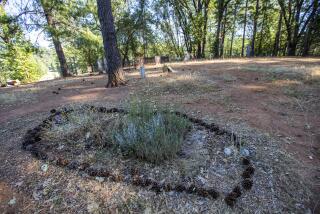As the World Focuses on Death
- Share via
With masses watching the recent funerals of Mother Teresa and Princess Diana, striking cultural differences in death practices became apparent.
Further funeral differences were reflected in August after 225 people perished in the crash of a Korean Airlines jumbo jet on Guam. After three days, American rescuers were convinced that there were only 29 survivors. Because of the intense heat of the fire, they also believed that there were no more remains left to retrieve, so they focused on finding the plane’s data recorders.
When told this, Korean relatives became distraught. By not retrieving all the remains, duties to ancestors could not be fulfilled. Korean burial practices are tied to Confucian beliefs and ancestor worship. The body, even the smallest piece of it, must receive a burial ceremony within three days after death.
Similarly, after terrorist attacks in Israel, Orthodox Jewish burial squads searched for victims’ most minuscule body parts to inter within their 24-hour burial deadline. Religious Jews observe shiva, a seven-day mourning period of reflection and prayers.
In contrast, for 100 days Koreans bow to the spirit of the dead, light a candle and offer a small glass of soju, a fermented rice drink. Burial rites are the most strictly observed of all customs. How well families follow rules for mourning and the handling of the body not only affects what happens to the deceased in the afterlife, but also may affect interaction of the dead with the living.
More to Read
Sign up for Essential California
The most important California stories and recommendations in your inbox every morning.
You may occasionally receive promotional content from the Los Angeles Times.













